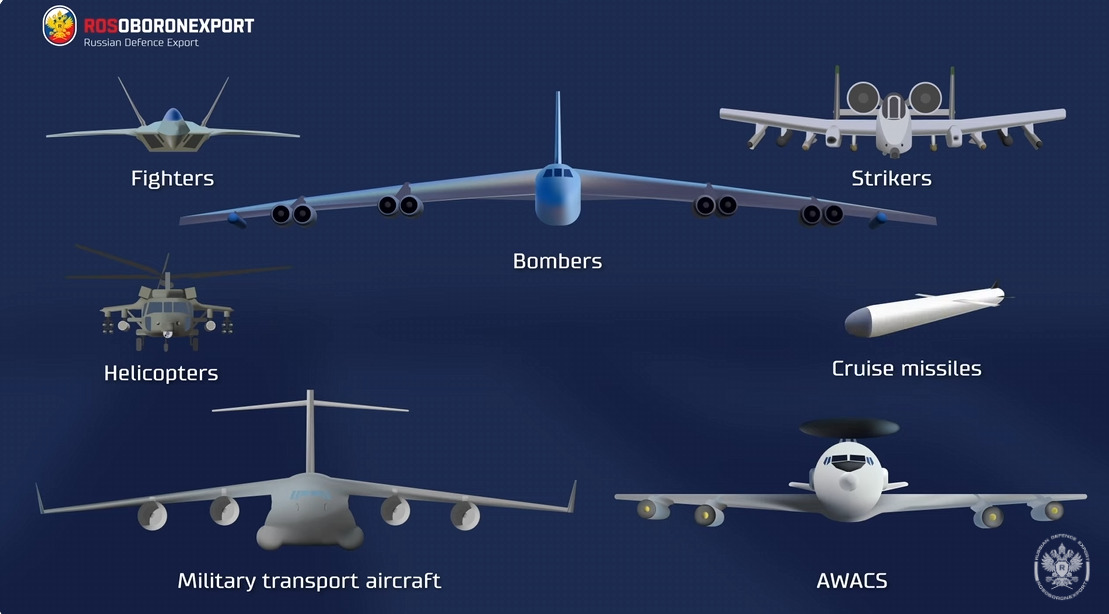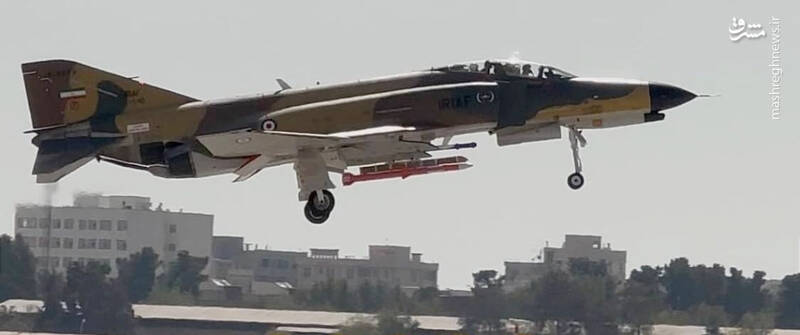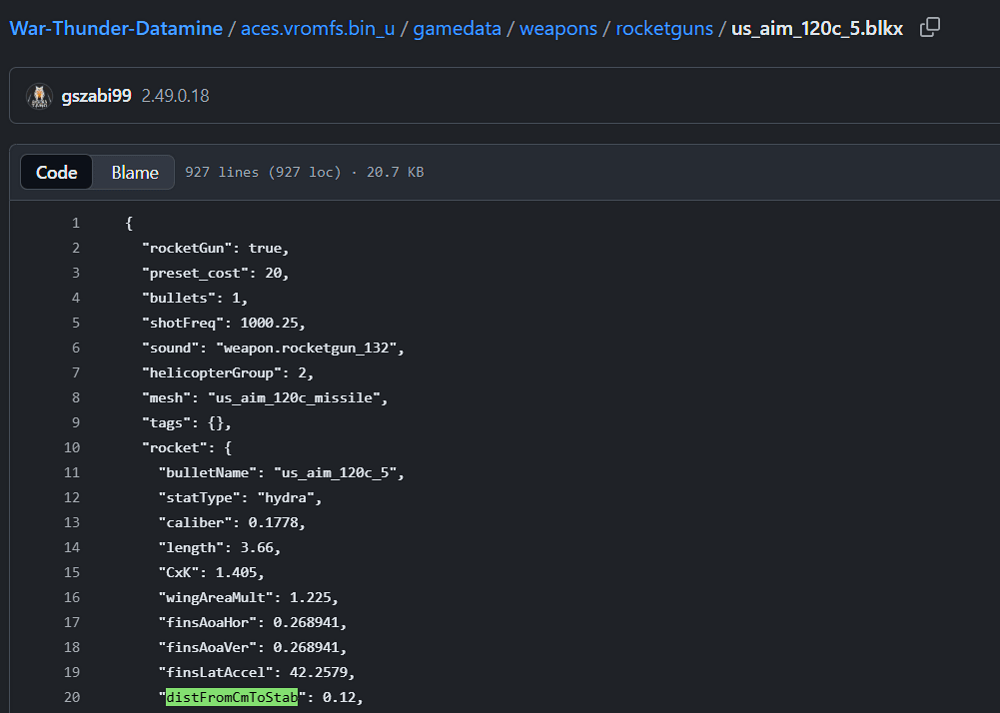oh well, doesnt really change my argument a whole lot, i dont think it was unintentional, like that would have sever consequences no?
they deleted the post. there was other stuff showing it was in testing at the time but at that point i dont think the public was certain live fire testing was ongoing for the Navy at least
hmm then what you say makes sense.
thats the pl17, pl15 is the aim120 equivalent for china(in terms of doctrine)
maybe for r-33, yes. but r-37m was designed to hit also fighters, that’s why it has same target overload as r-27er.
this isnt the place for this so i wont get into a discussion on it but it having the same target overload as 27er is completely baseless.
Its a standard missile, it’s production rate can be scaled as hard as any similar missile of it’s family, hence why the yearly production rate jumped from 500 to 1800 as of late.
To that same end, it’s not at all a niche capacity given the SM-6 has the ability to hit anything from a super maneuverable fighter to that same fighter at absolute maximum range, this is not some purpose built “only long range missile” its a SM series naval launched SAM, it can be used against ships, it can be used against ballistic missiles, it can outright hit ground targets.
The AIM-174 is a anti everything missile because thats what the SM-6 is, it’s only limiting factor is the amount being made and Raytheon is more than happy to amp that up and they can do so.
New Iranian missile, or PL-15E from China?
PL-15E doesnt have triangular fins…
i did post it on Aim-120 thread. its shaped after aim-120
one telegram channel wrote they got help from chinese business men to import documents needed to make the missile and Russians helped with the calculations pylon and the rack
Interesting, though somewhat disappointing.
according to a source from https://www.airandspaceforces.com/amraam-range-extended-in-test/
the aim120D-3? or later variant has a bigger motor “allowed us to have a little bit bigger engine from the propulsion side,”
it also seems to have more effcient coding making the battery last longer “a more efficient battery and software that takes advantage of the higher altitudes and speeds”
Nice. Gaijob is still struggling to fix the AIM-120C-5. Don’t have high hopes for any American missile because obviously the Russians know something the U.S doesn’t which bolsters the range and speed by 156% over previous generations
yeah gaijin for some reason seems to think US missile fins cant turn very far, and gives lots of them unrealistically low fin AOA
“Americans are dumb. They only make stupid and weak missiles. USSR power. USSR underperforms. Buff Rafale. Nerf Eurofighter. The USAF never bought BOL”
- Gaijin probably
anyone do a bug report for the C-5 and C-7 being too heavy? i ran some tests on statshark and found the aim120C-5 could do much better off the rail if they removed 6kg from the full mass which that number was taken from the 2014 SAR report of current amraams issued by the originally DOD (Department Of Defence) now DOW (Department Of War)
@gszabi99 quick question regarding the “distFromCMToStab” value for missiles, is it accurate to interpret this as the moment arm for the missiles control surfaces, in meters?
probably
every other distance is in meters


